Apple florina - sweet ruddy fruit
Apples are considered the richest source of vitamins, natural acids and fiber. They are loved by kids and adults. In winter, fruits are saved from vitamin deficiency, saturating the body with the necessary elements. But how to save apples until spring, in order to pamper yourself with tasty and healthy fruits for as long as possible?
Content:
- What attracts the Florina variety
- Apple tree care while waiting for harvest
- Preparing the Florin apple tree for wintering
Late winter varieties with high keeping quality are suitable for such purposes. French selectors have developed a wonderful winter-hardy apple with the beautiful name Florina. It was obtained by crossing noble varieties of apple trees: Jonathan, Golden Delicious, Starking and others.
What attracts the Florina variety
Fruits of the Florina variety are red and dark red in color with a characteristic gray bloom and white spots. The apples are surprisingly fragrant and have a sweet-sweet taste. They are excellently stored in a cool room until the onset of spring. By the end of storage, apples acquire a pronounced melon-like aroma and become especially tasty.
Due to its characteristics, Florina stands out among many varieties of apples. The main advantage over other species is that it has a strong immunity to dangerous diseases - scab and powdery mildew... This feature is used by gardeners when growing apple trees in large areas for sale, since it can significantly reduce the cost of grown products.
Florina's fruits are early maturing and can be harvested in September. Until January, the apples settle down, become crispy and tasty. Florina fruits are highly transportable, are not injured during transportation and retain their appearance well.
The next advantage over other varieties is the high yield of the Florina variety. The tree is able to form a crown from a large number of fruit branches, which are generously endowed with numerous fruits in autumn.
The disadvantage of growing Florina is that the trees bear fruit periodically. This can be prevented to some extent by cutting off some of the fruits in advance, but it is impossible to completely get rid of this problem.
Apple tree care while waiting for harvest
Although apple trees are unpretentious and do not require special leaving, but you still need to pay attention to them.
Young seedlings especially require care. When planting, a 60x100 cm pit is prepared in advance. The removed soil is mixed with organic fertilizers and peat. Sprinkle seedlings with this mixture. After planting, the tree is watered abundantly. A peg is driven in nearby and a tree is tied up, so it will be more stable during strong winds. An adult apple tree grows well on black soil, clay, but does not tolerate acidic soils.
IN spring caring for apple trees is reduced to weeding the soil and feeding. In summer and autumn, it is imperative to loosen the topsoil and harvest dry fallen leaves. This will provide oxygen to the root system of the tree.
In the spring, when the apple tree is developing intensively, fertilizing is made from organic and mineral fertilizers. For normal vegetation during this period, the tree also needs nitrogen fertilizers. To do this, you can use ammonium sulfate or ammonium nitrate in the calculation of 5 kg and 3 kg, respectively. In autumn, nitrogen fertilizers cannot be applied, since nitrogen lowers frost resistance.Phosphorus-potassium granular fertilizers are applied in shallow grooves that are specially dug around the tree.
Florina loves watering plentifully. The apple tree is especially sensitive to a lack of moisture in hot dry summers. So that the tree does not dry out and bear fruit abundantly, it is necessary to organize additional watering during this period.
Since the fruits are abundant during the fruiting period, the branches of the trees are propped up so that they do not break under the weight of the crop.
Preparing the Florin apple tree for wintering
The apple harvest in the new season will largely depend on how the tree survives the harsh winter. The collection of fruits is still going on, but you already need to think about how to prepare the apple tree for wintering.
For the winter, the root system of the apple tree must be covered with fallen leaves. This will save the tree from freezing at very low temperatures.
Small rodents, who want to profit from the nutritious bark of the apple tree, cause a lot of trouble in winter. Nibbling the bark with a solid sheet, they expose the trunk, thereby disrupting the exchange of nutrients and making the tree defenseless against low temperatures.
To protect the apple tree, many gardeners tie thorny spruce and juniper branches around the trunk. To do this, the soil is slightly raked, wrapped around the trunk with branches, fixed them and raked the earth back. You can save the tree by whitewashing lime with the addition of odorous substances that repel rodents.
But closer to spring, such protection loses its properties, and in cold weather it is impossible to resume whitewashing. In stores on sale there are special chemical mixtures against rodents, which do not lose their effectiveness throughout the entire winter-spring period.
Such measures will help preserve the beauty and health of the trees, giving them the opportunity to spend the winter safely.



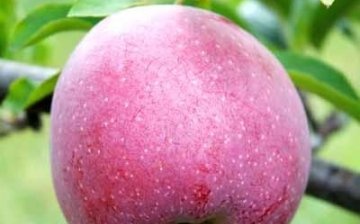
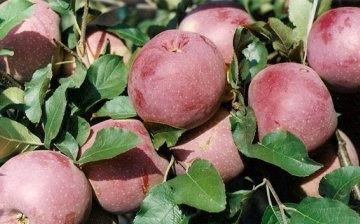
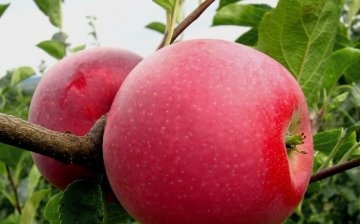
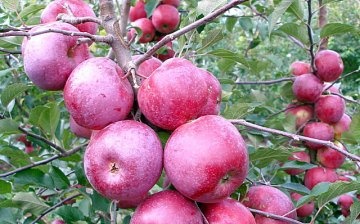




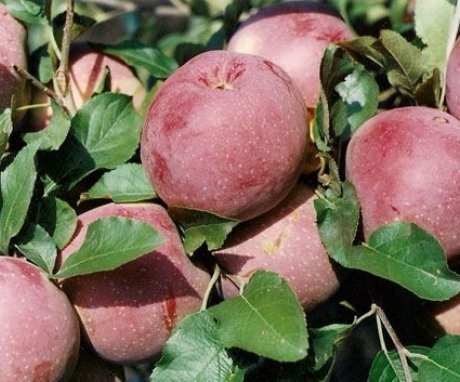
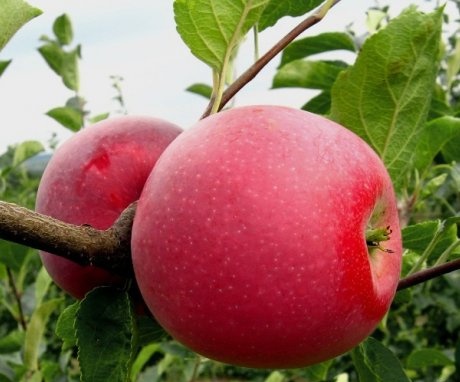
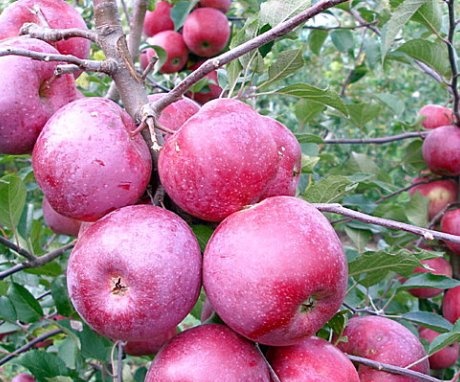
An excellent late variety of apples. Every winter they sell in our market. Imported or my own, I don't know, but I buy often. The apples are sweet, juicy and aromatic.